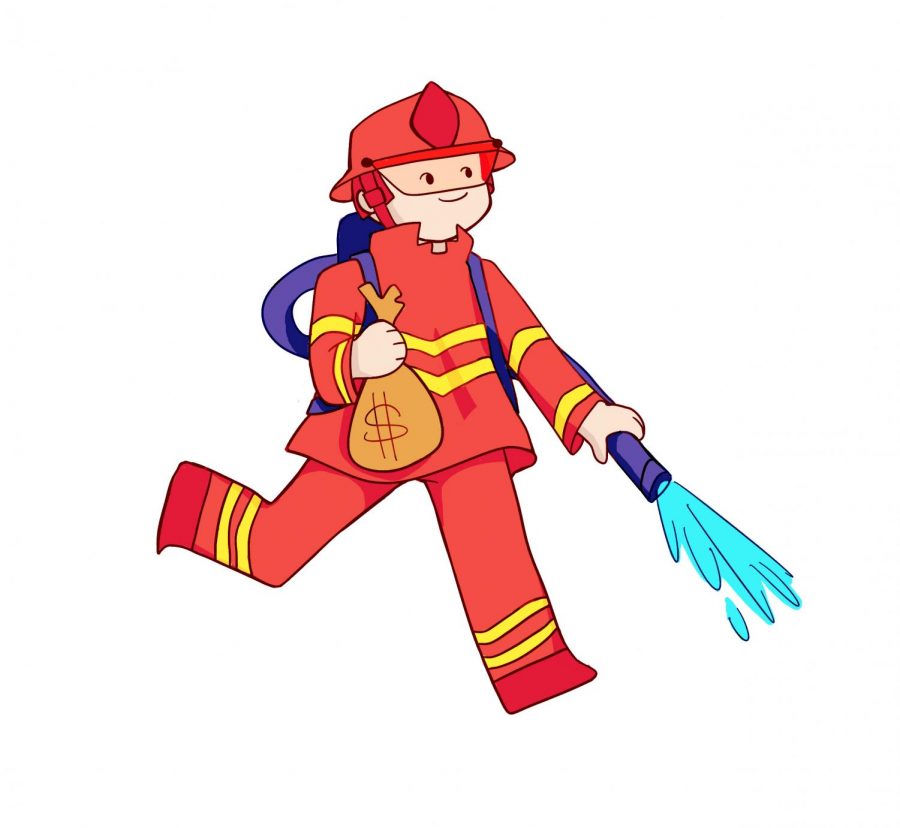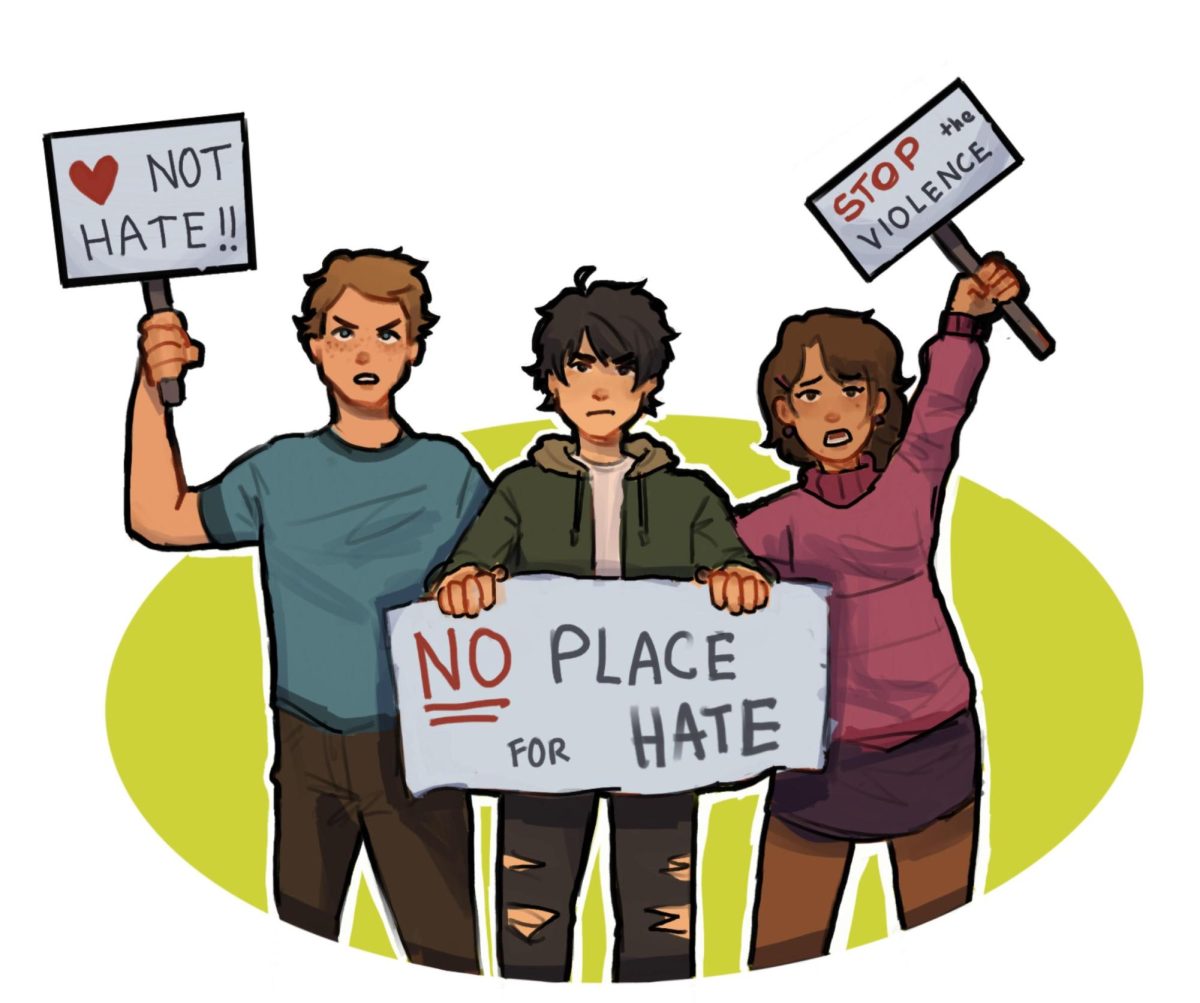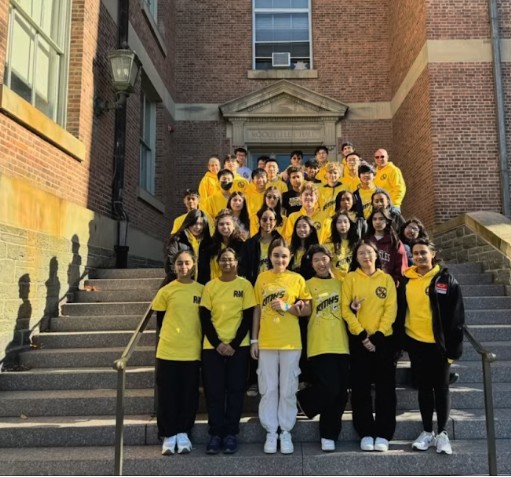Wildfires typically begin when a heat source, usually human activity like a discarded cigarette or unattended, comes into contact with dry vegetation in conditions that are hot and dry, providing the necessary “fuel” for a fire to ignite. These fires then usually spread due to strong winds in the region, carrying their smoke and flames far farther than their point of origin. Fueled by powerful winds and dry conditions, wildfires erupted on Jan. 7 and roared across the Los Angeles area. There have been 5 major fires as part of this series: the Palisades Fire in Pacific Palisades, the Eaton Fire in the national forest lands of downtown LA, the Border 2 Fire on Olay Mountain, the Rosa Fire in San Luis Obispo County and the Hughes Fire near Castaic Lake. Though we know how these types of fires generally start, the official cause of the fires has not been determined.
The devastation by wildfires extends far beyond the torching. These fires release billions of tons of carbon dioxide, significantly increasing global greenhouse gas levels. Additionally, the often wilderness-based fires present a fatal threat to every animal within these delicate ecosystems. Economically, the toll is immense, with damages and losses running into hundreds of billions of dollars. Moreover, pollutants released during these fires pose respiratory risks for people in affected areas. In all, these events cause some of the most severe damages in the United States.
“What I think sets them apart is that you typically don’t have any warning signs like you would with a hurricane, where better developed warning systems can help people get protection faster whereas wildfires are far more unpredictable, completely up to the whims of the wind,” senior Leon Wang said.
So far, the death toll for these wildfires has reached at least 29 people across the Los Angeles area and the total economic loss associated with the wildfires could amount to $135 to $150 billion. As of right now, all these fires have been 90%+ contained, with the Rosa fire having the lowest containment rate at 75%.
The impact of climate change on the strength of these wildfires can’t be understated. According to NOAA, a 2016 study found climate change enhanced the drying of organic matter and doubled the number of large fires between 1984 and 2015 in the western United States. A 2021 study supported by NOAA concluded that climate change has been the main driver of the increase in fire weather in the western United States. Since the United States, unfortunately, continues to increase its carbon footprint, these fires will only continue to get worse, presenting a massive issue to rectify long-term.
“I would imagine it’s drier and hotter and thus easier for these fires to start and easier to sustain, and the droughts make it harder to combat, making it a negative cycle. So working to reduce climate change helps minimize the impacts and the frequency of this cycle,” senior Cynthea Wang said.
The current state of the LA fire department is overwhelmed, as seven months before the Palisades Fire in Los Angeles, the city’s fire department budget was cut by more than $17.5 million. Overall, however, the California State government has poured the biggest investment into the state’s overall fire response, expanding the aerial fleets, upgrading fire tracking technology, funding expansive land management techniques and investing in heavier response operations. However, since these fires will grow stronger and more frequent due to the impact of climate change, it wouldn’t be a rare occurrence for a fire to get as expansive as these current fires have regardless of firefighting funding.
Some new or enhanced techniques that can be enabled to prevent future wildfires, both in California and beyond, include investing more in proactive measures like fire-resistant infrastructure and more controlled burning as well as reducing risks through better early warning systems and stricker land-use regulations. Finally, working to create sustainable policies to address climate change is the key to long-term wildfire reduction.
“I truly believe that education on these issues, to promote awareness on the best types of response, the dangers of a wildfire’s unpredictability and precautions to stop human originated fires, are key. Outside of education, it’s also very important for all levels of government to start considering this issue a lot more carefully, that with changing climate and global warming, it’s incredibly important for proper protocols like better alarm systems to communicate to the public,” Wang said.



















